Coach Reveals 10 Fruits to Help Burn Belly Fat

Are you a fruit lover but unsure which to choose to support your weight loss goals? Dillon Swinney is an online fitness coach who helps his clients burn fat and build lean muscle, eating foods they love. In a new post, he discusses the best fruit for weight loss. "10 fruits you should start eating to burn belly fat," he writes. "No certain food is going to make you lose weight on its own, but these fruits helped me stay in a caloric deficit, which promoted fat loss. Fruits are a great way to satisfy your sweet tooth without derailing your fat loss goals."
Berries
His first recommendation is berries – including strawberries, blueberries, and raspberries. "Packed with antioxidants and fiber, they help boost metabolism and reduce belly fat," he says. While calories vary, they are all relatively low, especially compared to other sweet treats.
Apples
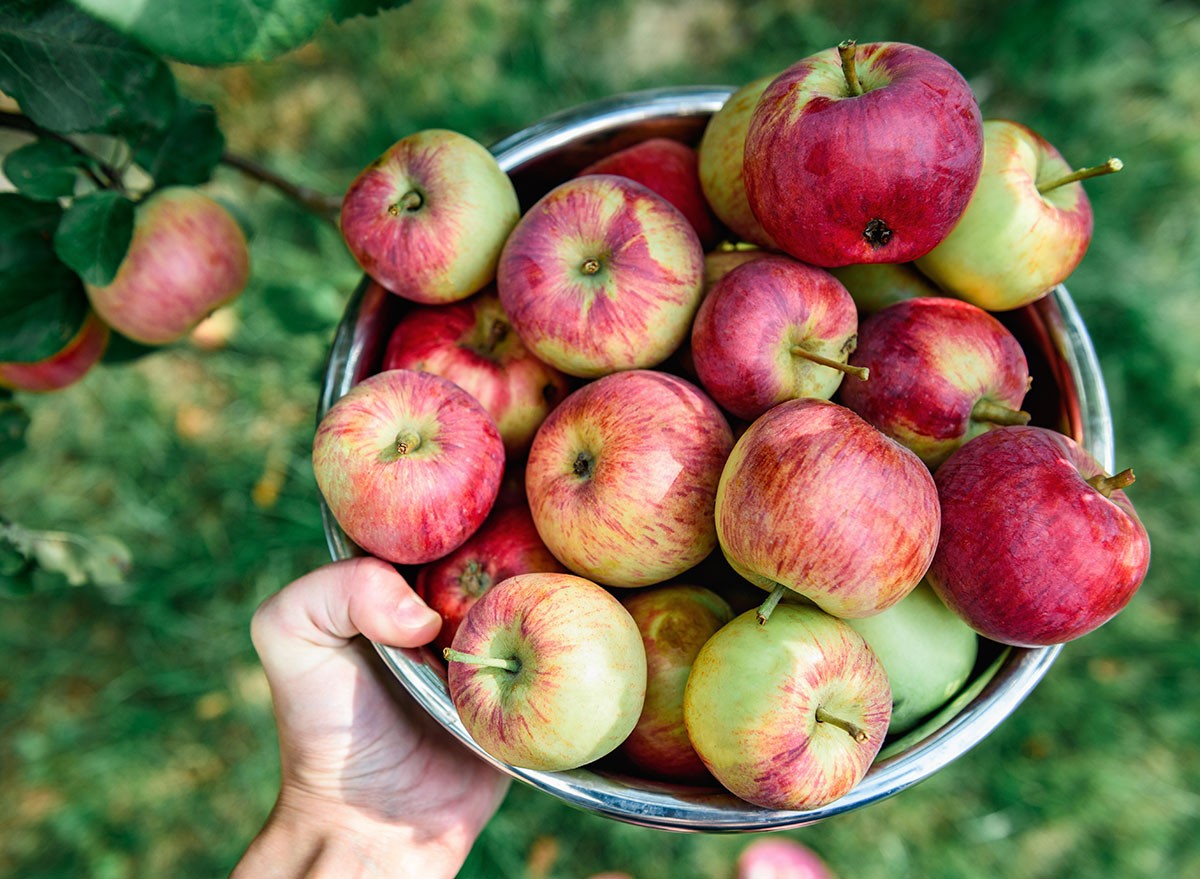
It's no surprise that apples made his list. "High in fiber, apples keep you full and curb overeating, helping with fat loss," he says. They are also super convenient to eat, as you don't have to slice them.
Grapefruit
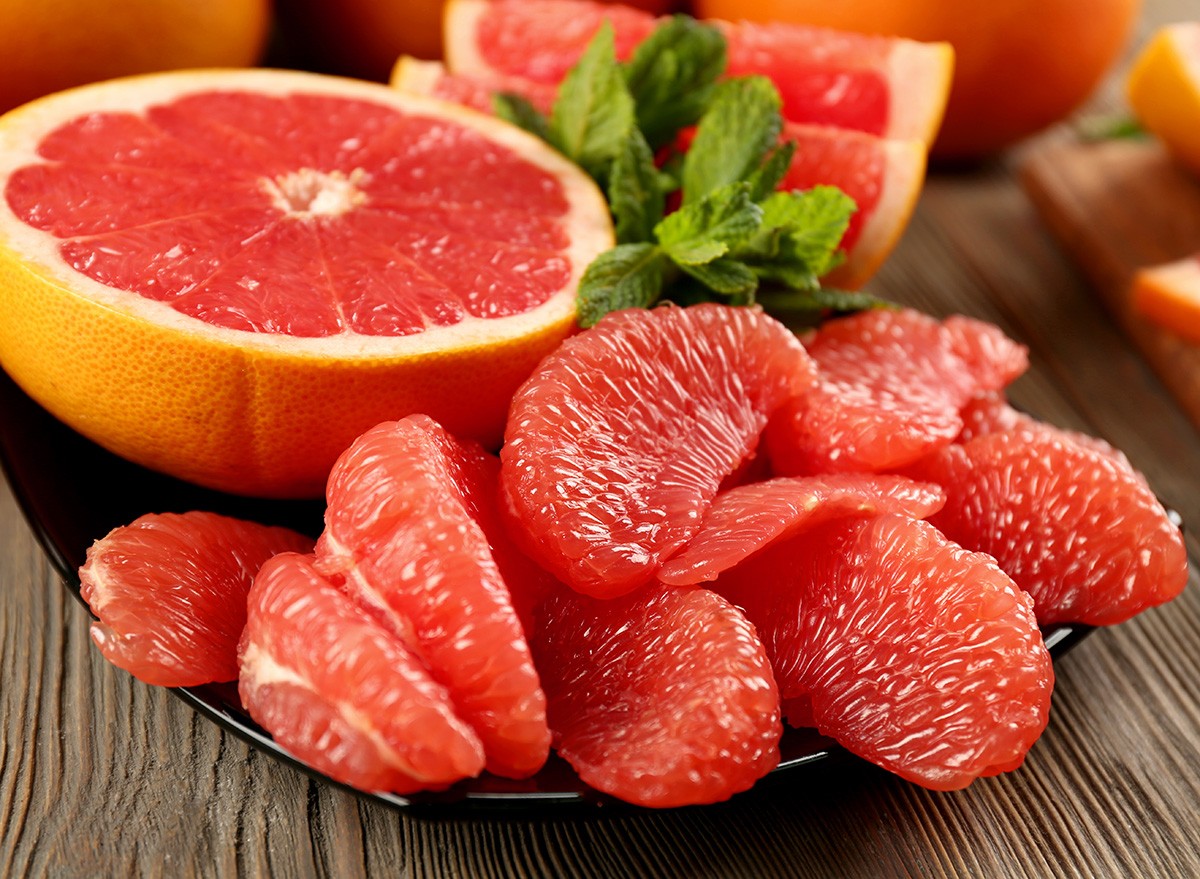
Grapefruit has been considered a miracle diet food for decades. "Known for its fat-burning properties, grapefruit can lower insulin levels and promote fat loss," he says. Lots of people enjoy eating the fruit for breakfast.
RELATED: 20 Superfoods for People Over 50
Avocados

While avocados might not seem like an actual fruit, the omega-3-rich fleshy fruit is one of the healthiest. "Full of healthy fats, avocados keep you satisfied and support fat metabolism," he says.
Pineapple
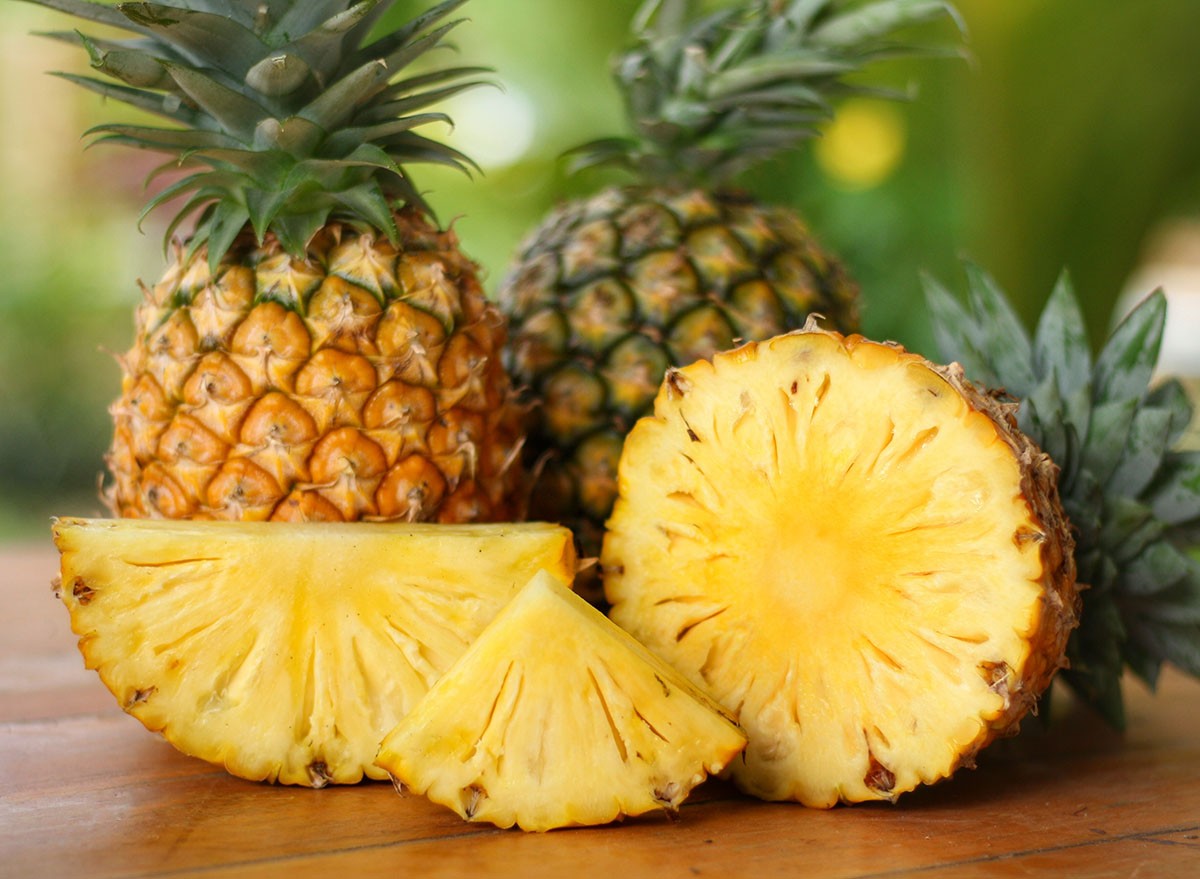
Pineapple is not only super sweet and delicious, it can help you lose weight. "Contains bromelain, an enzyme that can aid digestion and reduce bloating," he says.
Kiwis
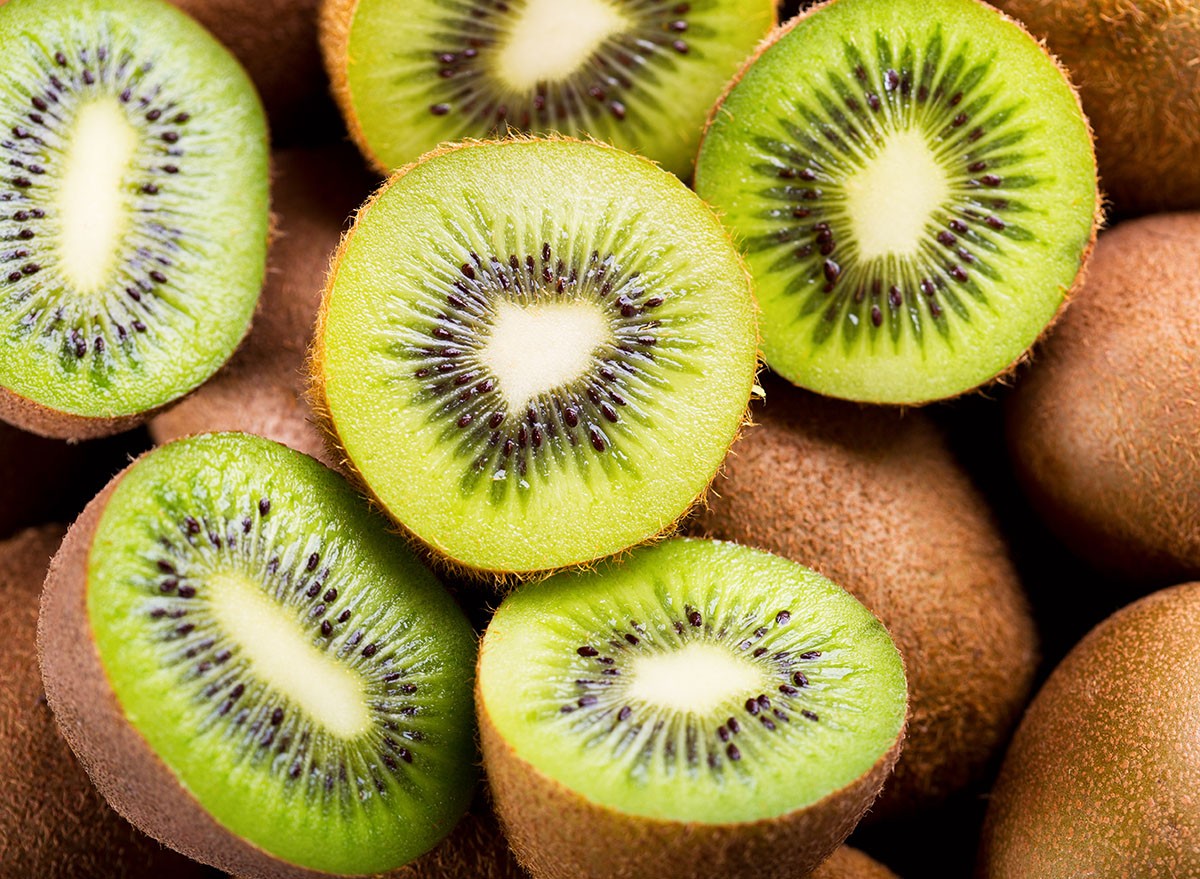
Kiwis are a great addition to your fruit drawer. "High in vitamin C and fiber, kiwis help reduce belly fat and improve digestion," says Dillon.
RELATED: 8 High-Protein Foods with Nearly Zero Calories That Melt Fat.
Watermelon
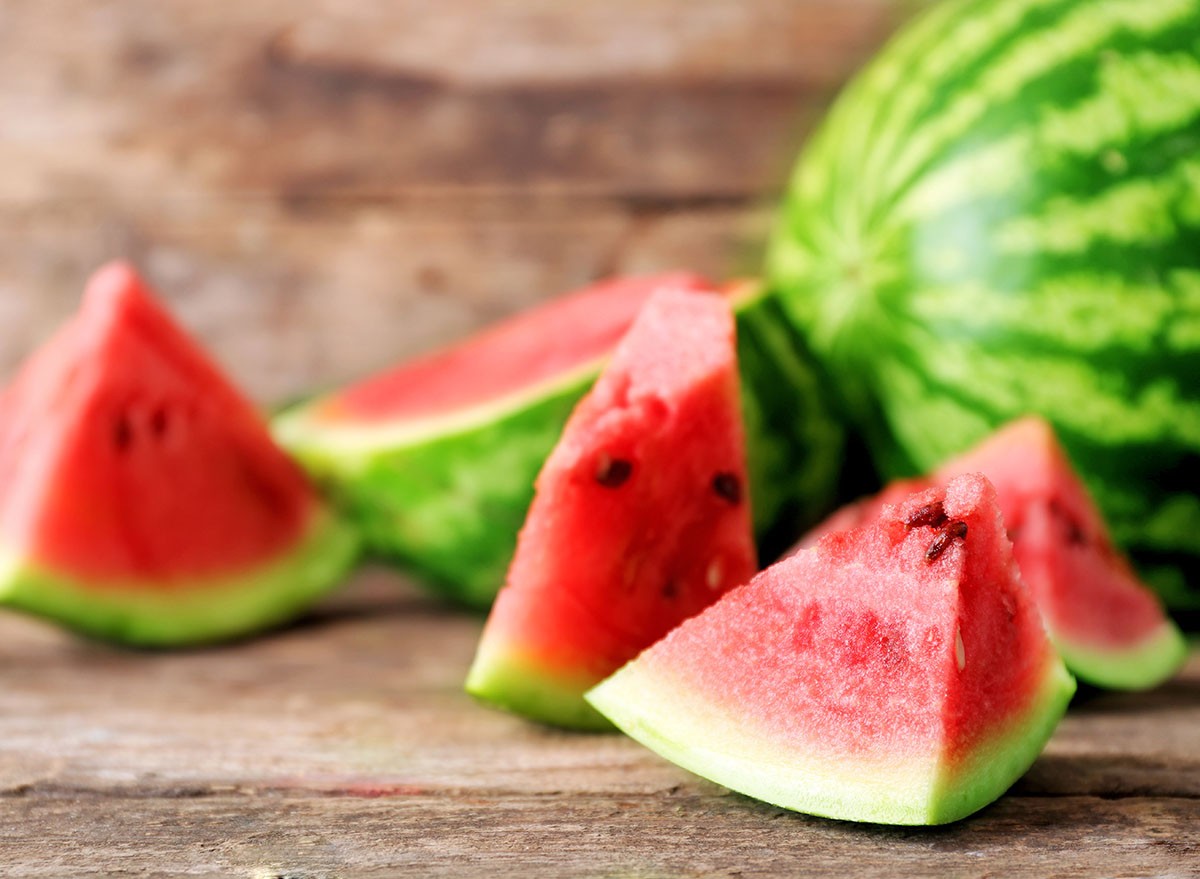
Watermelon slices are incredibly delicious and a great addition to your weight loss diet. "With high water content, it keeps you hydrated and helps control hunger," he says.
Peaches
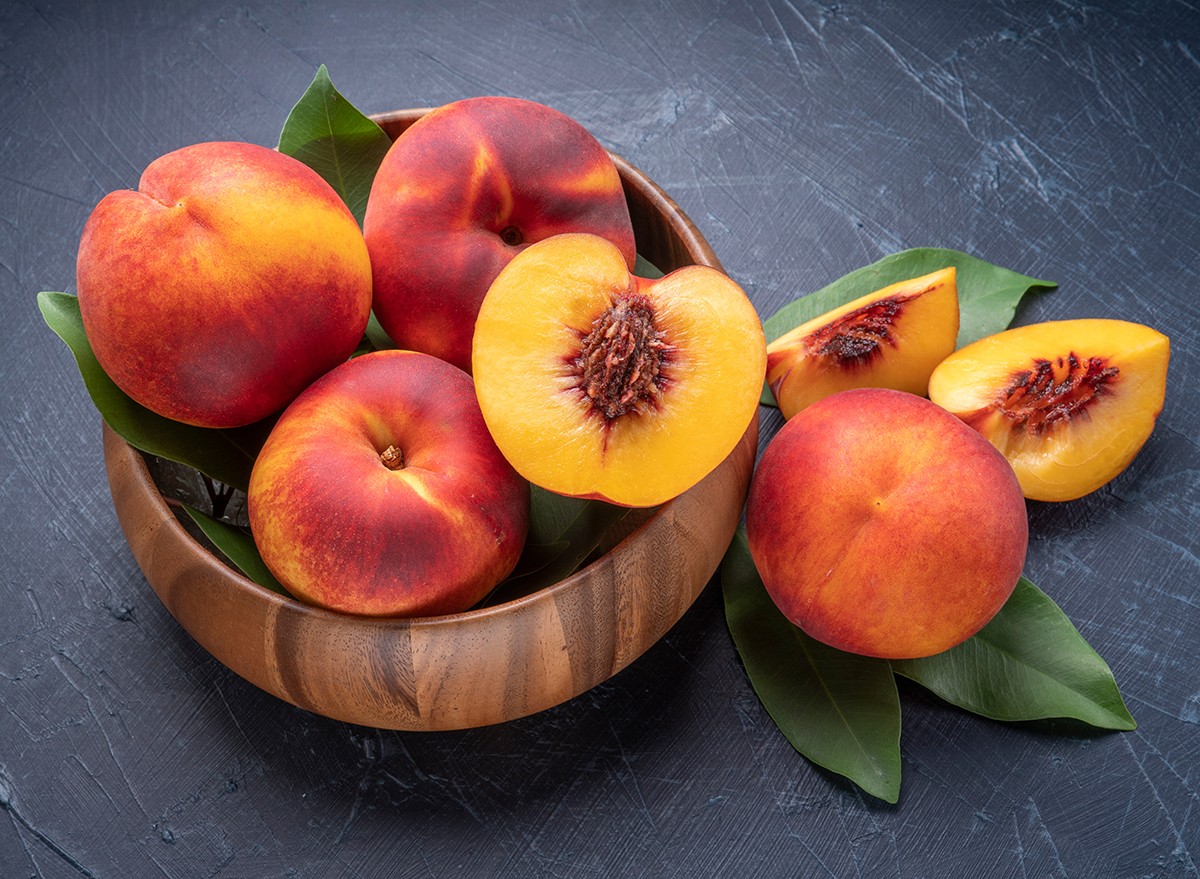
Add peaches to your Greek yogurt, which will help fill you up and sweeten it. "Full of fiber and low in calories, peaches help reduce fat while satisfying your sweet cravings," he writes.
Papaya

Papaya isn't incredibly popular in the United States, but the tropical fruit is a great one to help you achieve your weight loss goals and support gut health. "Contains enzymes that help with digestion and can reduce bloating," he says.
Oranges
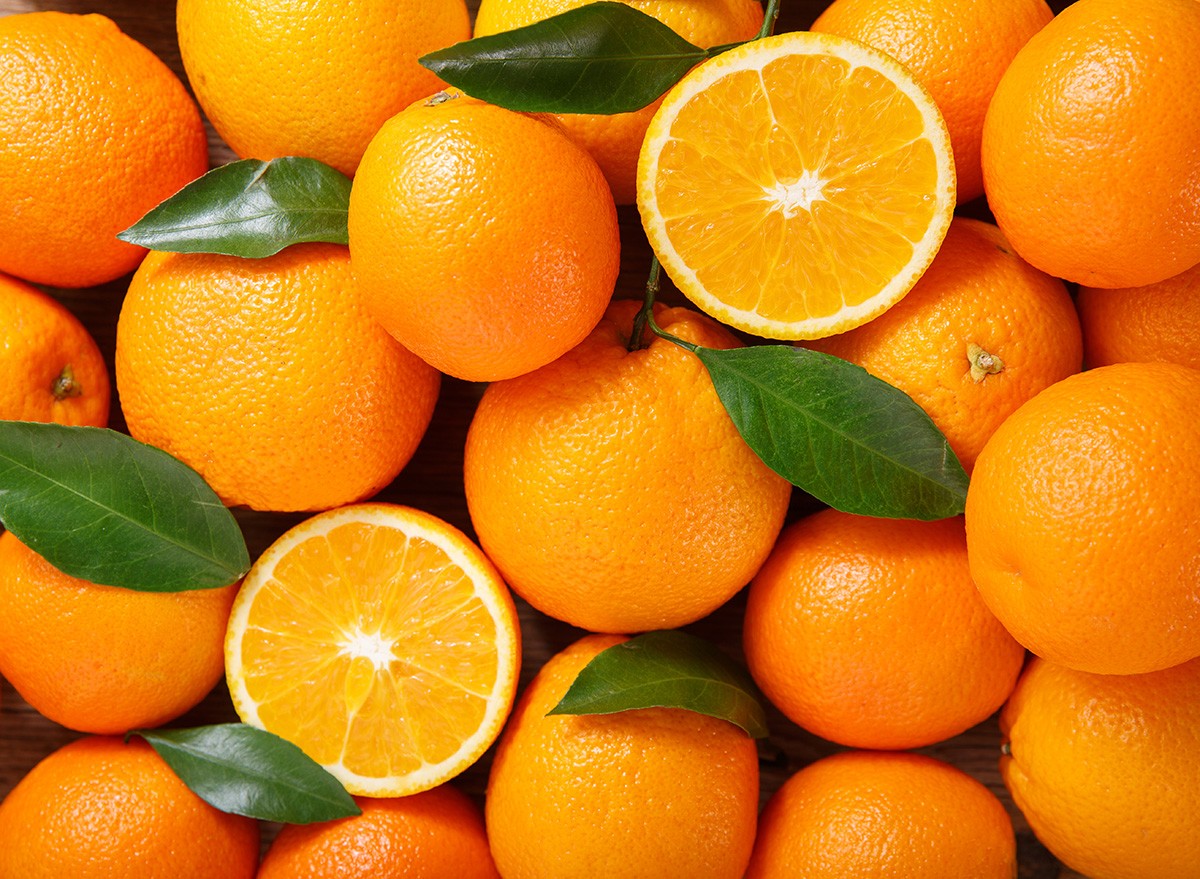
And, last but not least, Oranges are great for losing weight. "Rich in vitamin C, oranges can boost metabolism and support fat burning," he says. "These fruits helped me stay on track with my nutrition and fat loss goals—try adding them to your routine to stay on top of your progress." And if you enjoyed this article, take advantage of these 15 Quick Ways to Lose Body Fat Percentage in a Week.




